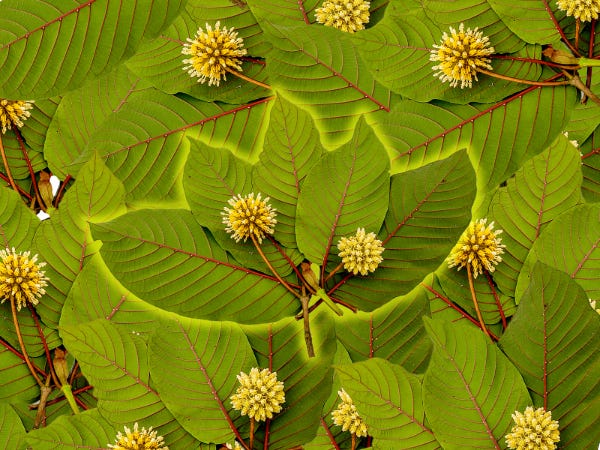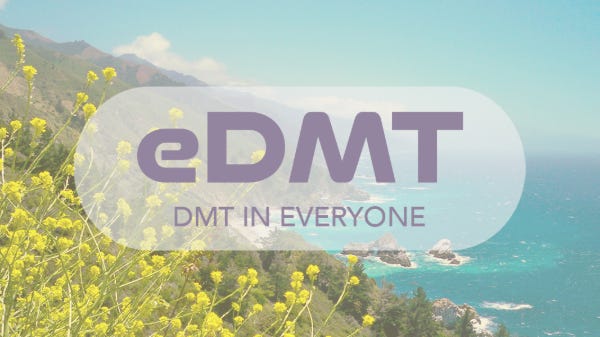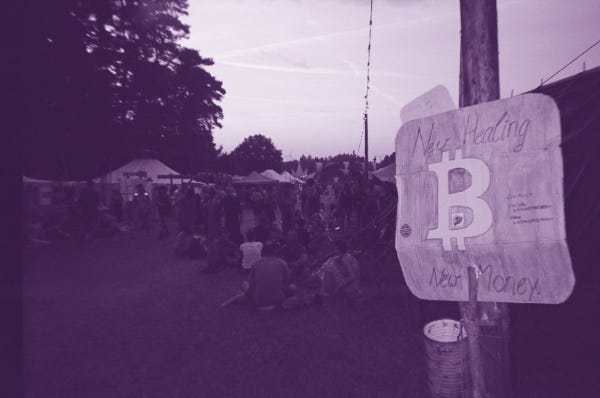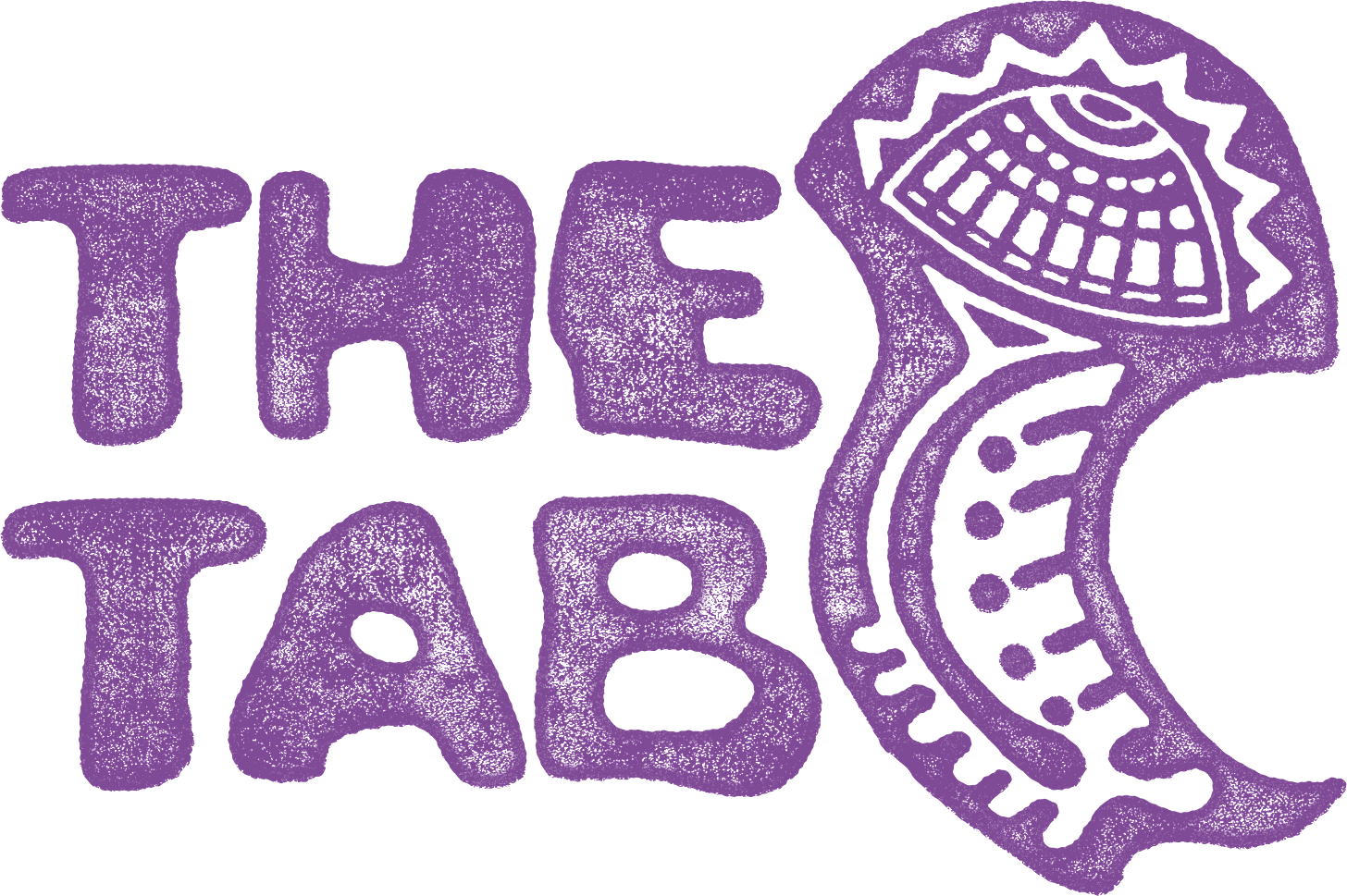Issue 004: Tokens of Appreciation for All Medicines
Research, Philanthropy, Events, and Why the Psychedelic Renaissance Should Include All Drugs
PsyDAO is busy. As busy as Jon Rafman’s art. As busy as a DMT elf trying to get your attention.
Global and fast moving, we’re using Ethereum and tokens to progress five or six projects, from AI to DMT to cappuccino. In this issue, we have updates on how PsyDAO:
Funded endogenous DMT research led by Andrew Gallimore.
Helps people having bad psychedelic trips.
Is taking our mission to the ends of the Earth.
First, a few words from Soren Shade, a kratom expert and one of the producers of Hamilton’s Pharmacopeia. He lives in Denver.
In Ending the Drug War, Nothing is Excluded
Psychedelic insights of universal interconnectedness also apply to psychedelic advocacy.
Much of the advocacy to legitimize psychedelics presents psychedelics as “good drugs” in contrast to everything else. That framing—in which psychedelics are cast as medicine, opioids as poison, stimulants as vice—can be a useful short-term strategy to pass decriminalization laws.
But in the long term, that framing strengthens the prohibitionist logic that made and has largely kept psychedelics illegal. Even if psychedelics are granted a narrow exception, prohibition’s machinery will keep grinding—fueling mass incarceration, racist policing, destabilized nations, and a society less free for everyone.
Take kratom, a leaf chewed in Southeast Asia for thousands of years for energy, relief, and socializing.
In 2016, the FDA and DEA tried to add kratom to Schedule I of the Controlled Substances Act, but—for the first time in the history of DEA scheduling attempts—failed due to opposition from scientists, grassroots consumer advocates, and the HHS. The unprecedented win energized drug reformers.
But the DEA is turning its gaze back to kratom.
They’ve just announced their intention to criminalize 7-hydroxymitragynine (7OH), one of many alkaloids found in kratom leaves.
A few years ago, manufacturers began synthesizing 7OH from kratom in order to sell highly concentrated isolates. Until this July, 7OH was largely ignored by regulators. In its laissez-faire market, 7OH has bloated into a billion-dollar industry fraught with products that almost invariably come with inconsistent dosing, unknown contaminants, and exploitative marketing.
Clearly, the way 7OH is manufactured and sold needs to be changed. Nevertheless, those familiar with the history of prohibition know that scheduling 7OH won’t address the issues. Prohibition increases harms associated with all drugs, because it forces people to adopt new drugs that they have less information about, and that don’t necessarily fit their individual medical needs or recreational desires.
Since the federal announcement, 7OH has been pushed into the black market, where buyers will have far less education, quality testing, and accurate dosing. Meanwhile, novel 7OH analogues fill the void in the grey market.
7OH’s Historical Parallel
When the government cracked down on heroin. Users didn’t go clean; they moved onto fentanyl–cheaper, more powerful, and more easily smuggled.
Psychedelics have lived through this same story. After LSD was made illegal in California in 1966, people didn’t shrug their shoulders and quit using psychedelics, they searched for alternatives. One was DOM (dubbed Spirit, Tranquility, and Peace), discovered by Alexander Shulgin, and distributed throughout San Francisco by Owsley Stanley.
Unlike LSD, DOM took 2-3 hours to kick in, lasted 24+ hours, and had a known toxic dose. Bay Area hippies were unaware of these differences. Many took extra doses an hour or two after the first, as they hadn’t started tripping yet. This led to numerous bad trips and hospitalizations.
The prisons, police forces, and political interests that target heroin and 7OH are the same ones that criminalize LSD and psilocybin. Which drug they choose to focus on next depends on which drug-scare is in style. As long as prohibition exists, psychedelics will always be one bad headline or political swing away from recriminalization. Every new criminalization attempt reinforces the precedent that the government has the final say in which forms of consciousness are acceptable.
To carve out a privileged space for psychedelics while abandoning other substances is to accept prohibition as permanent.
If you want to see a world where everyone fights for psychedelics, don’t fight for just psychedelics.
A Gas Pedal for Endogenous DMT
By Reilly Capps
In our biggest project yet, PsyDAO has helped fund an important investigation into one of neuroscience’s most intriguing puzzles. The eDMT project could revolutionize our understanding of the brain’s natural chemistry, and open the door to regulating the body’s own supply of DMT.
Conceived by renowned DMT researcher Dr. Andrew Gallimore, the investigation is led by prominent chemist Dr. Christopher McCurdy at the University of Florida.
eDMT is sponsored by a nonprofit called Noonautics, and is being conducted under a formal agreement with the University of Florida. Research will happen in Dr. McCurdy’s lab.
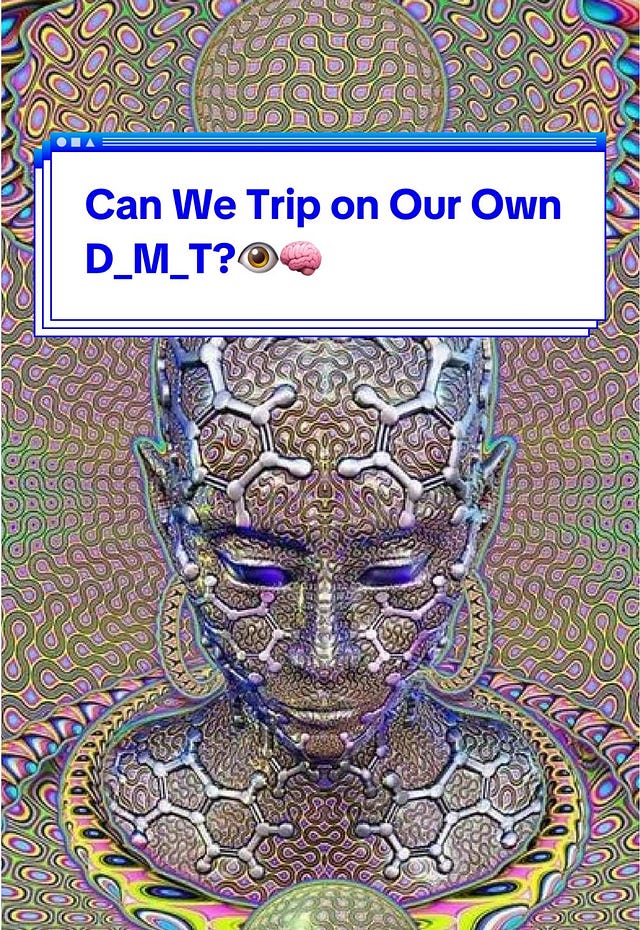
 Tiktok failed to load.
Tiktok failed to load.Enable 3rd party cookies or use another browser
Funding with Funny Money
In an unprecedented move, PsyDAO funded the project using “magic internet money,” in Gallimore’s words. We launched the $eDMT token through our incubator, BioProtocol. See the BIO APP LAUNCHPAD.
PsyDAO sent $107,000 worth of stable coins to Noonautics, to be converted into dollars and sent to the University of Florida. PsyDAO’s funding powers one milestone in the research, which totals over $400,000.
Our eDMT blog post breaks down:
How Gallimore stumbled on forgotten eDMT research from 1977, and how it could be a Rosetta Stone for endo-DMT.
How dialing down the body’s own DMT could treat mental illnesses, and ratcheting it up could treat illnesses and create a “drug-free” pathway to altered states.
The best quotes from the DMT Entities. (Just kidding.)
Reilly Capps has written for the Washington Post, the Boston Globe, and DoubleBlind. He lives in Denver.
Decentralized Care
How PsyDAO Members Support Psychedelic Journeys
By Reilly Capps and Steven Fülle
At festivals and concerts, PsyDAO members have been volunteering for harm reduction organizations PsyCare and Zendo to create safe spaces across Cyprus, Germany, Texas, and Colorado.
Psychedelics can open doors to joy, insight, and connection—but sometimes the journey gets rough. When that happens, psychedelic harm reduction provides what matters most: soft mats, blankets, low lighting, and the simple reminder that no one has to go through it alone.
These PsyDAO volunteers said their sessions were sometimes challenging, often rewarding, but they served as inspiration and fuel for us to continue PsyDAO’s mission of decentralizing psychedelic use and creating, as our tagline says, “a new set and setting for psychedelics.”
Steven Fülle has a master’s in consciousness, spirituality, and transpersonal psychology. He lives in Maastricht.
PsyDAO IRL
We Looked Up From Our Computers



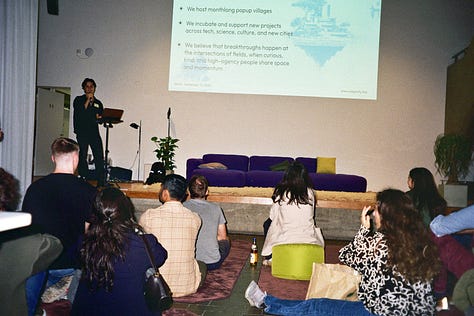
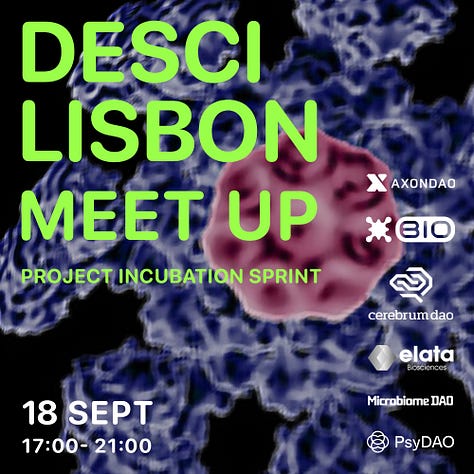

Psychedelics and PsyDAO are global, and we’ve shown it. Our members represented at the DeSci Berlin meetup and the DeSci Lisbon gathering.
Next, we’re headed to Edge City Patagonia, a temporary metropolis of crypto natives and mainstream misfits. PsyDAO will have a whole slate of psychedelic programming, including on Kené and endogenous DMT, during Global Psychedelic Week. And we’re partnering with MicrobiomeDAO to study how psychedelics and the gut interact. We’re joining the Consciousness Residency’s Consciousness at the Edge: Living Experiments in Sound, Somatics, & Altered States. Join us for breathwork and sound baths.
Tune In
This month’s playlist brought to you by Lizār, a contributor to one of our partners, BIO.XYZ
Full playlist on Soundcloud





